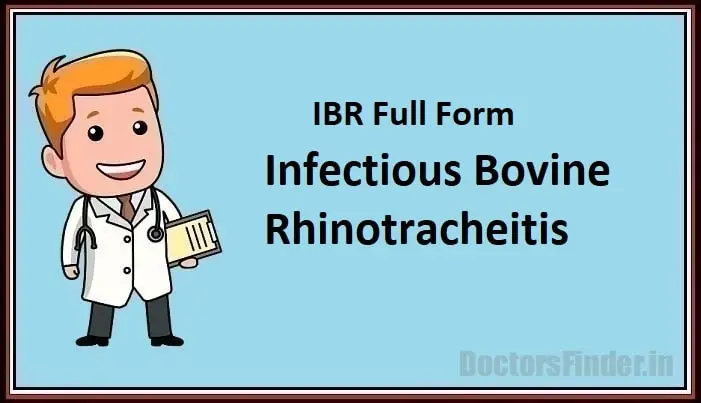The full form of IBR in medical term is “Infectious Bovine Rhinotracheitis.”
Cattle are susceptible to the highly contagious viral disease known as Infectious Bovine Rhinotracheitis (IBR). It is brought on by the Alphaherpesvirinae subfamily member Bovine Herpesvirus-1 (BoHV-1). IBR can result in severe losses in animal production and profitability, making it among the most economically relevant viral infections affecting cattle.
Herpesvirus 1 in cattle is what causes IBR (BoHV-1). There are two different subtypes of Bovine Herpesvirus 1: BoHV-1.1 and BoHV-1.2.
The virus is extremely contagious and can be spread by direct contact with infected animals or contaminated items like clothing or equipment. Furthermore, nasal secretions and vaginal discharges can spread the infection. Although calves can have a condition when still in the womb, most diseases happen after birth.
Viral illnesses cannot be treated directly. Animals that are infected should be kept apart from the rest of the herd, plus, when necessary, given anti-inflammatory medications and antibiotics to combat secondary infections.

IBR must be stopped from spreading, and farmers can do this by taking several precautions. They include adhering to proper biosecurity procedures, such as isolating new animals until examined for the virus, routinely cleaning and disinfecting equipment, and restricting visitor access to the farm. IBR can be managed through monitoring, biosecurity, vaccination, and selective culling.